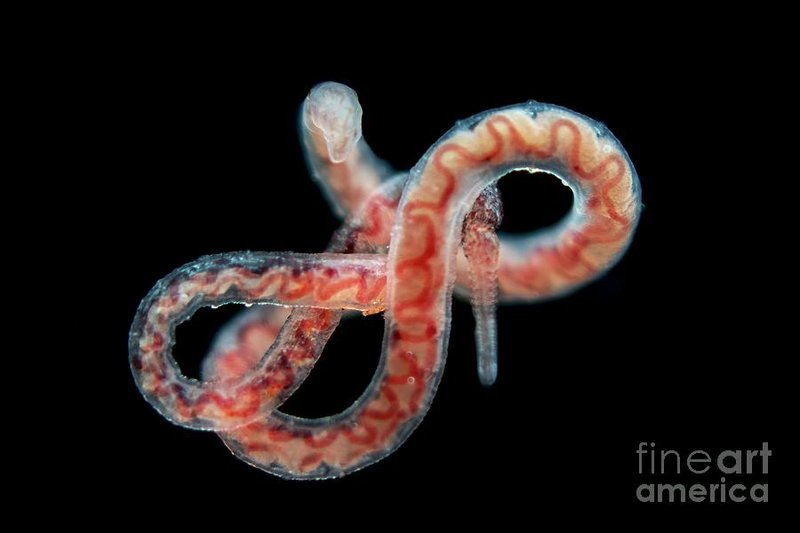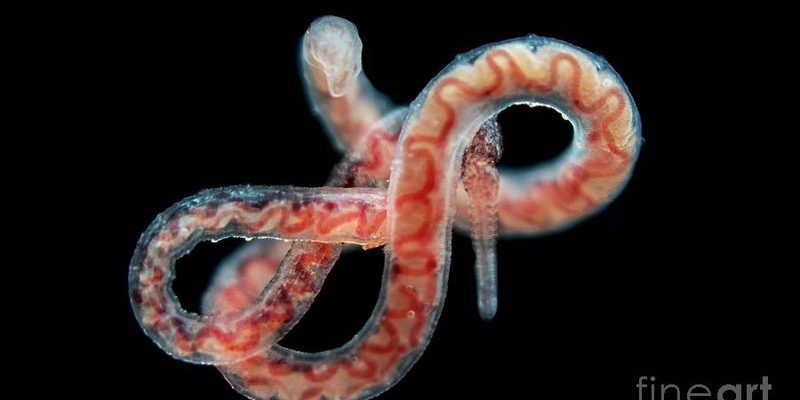
Studying or farming Tubifex worms is no small feat, but it’s both fascinating and rewarding. Keeping these worms healthy and thriving in a controlled environment allows researchers and aquarists to unlock their potential benefits. Let’s dive deeper into the world of Tubifex worms in captivity—what they are, how to care for them, and whether or not they can be cultivated effectively.
What Are Tubifex Worms?
Let’s start with the basics. Tubifex worms belong to the oligochaete family, similar to earthworms, but they have a unique lifestyle that sets them apart. These worms tend to inhabit muddy riverbeds and are often found in dense colonies. Think of them as nature’s clean-up crew, munching on decaying organic matter, which helps keep their environment in balance.
In captivity, Tubifex worms can be intriguing pets to keep or essential for aquaculture. They have a high protein content, making them a popular food choice for many freshwater fish species, including bettas and cichlids. Imagine treating your aquarium fish to a gourmet meal right from your very own home—sounds exciting, right?
Yet, keeping these worms healthy requires knowledge. They’re sensitive to water quality, so understanding their needs is key to successful maintenance. Let’s take a closer look at what it takes to keep them thriving.
Setting Up a Habitat for Tubifex Worms
To keep Tubifex worms in captivity, you’ll need to create an appropriate habitat. Start with a tank or container that’s at least 5 gallons. The water should be clean and dechlorinated, as chlorine can harm these little creatures. You want to mimic their natural environment as much as possible.
For substrate, use fine sand or mud to help them burrow. Tubifex worms love to dig, so giving them a comfortable space is crucial. It’s like providing them with a cozy home—after all, who wouldn’t want to feel at home? Additionally, keep the water temperature between 60°F to 75°F (15°C to 24°C). This range keeps them active and healthy.
Filtration is essential too, but it needs to be gentle. Too much current can stress them out. Instead of a powerful filter, consider using an air stone or sponge filter to maintain water quality without creating a chaotic environment. Lastly, regular water changes—about 10-20% weekly—help keep their space clean and make for happy worms.
Feeding Tubifex Worms
Now, onto one of the most important aspects: feeding. Tubifex worms are omnivores, so they’ll happily munch on a variety of foods. Their diet can include:
- Decaying organic matter (like plant debris)
- Commercial fish food (flakes or pellets)
- Vegetables (blanched spinach or zucchini)
- Sinking wafers or tablets
When in captivity, you’ll want to provide them with a balanced diet for optimal health. Honestly, think of feeding time as a buffet for your worms. They’ll thrive on a mix of these options. Just make sure not to overfeed. Uneaten food can spoil the water quality, which is something you definitely want to avoid.
You might be wondering how often to feed them. It’s generally recommended to feed Tubifex worms every 2-3 days. This schedule keeps them satisfied without overwhelming them. Just think of it like giving them a treat rather than a feast every day.
Can Tubifex Worms Be Farmed?
Absolutely! Farming Tubifex worms is not only possible, but it can also be highly beneficial. Many aquarists and fish breeders cultivate these worms for feeding their aquatic pets, while researchers often use them for scientific studies.
To get started with farming, you’ll want to scale up your setup. Larger containers allow for greater production. Consider using multiple tanks, each with its own colony. This setup helps manage the environment and water quality, making it easier to care for the worms.
Farming Tubifex worms can be profitable too. If you play your cards right, you might even consider selling the excess to local fish stores or fellow aquarists. Just be sure to follow regulations if you’re thinking of venturing into commercial farming—nobody wants to run afoul of local wildlife laws!
Challenges in Keeping Tubifex Worms
While Tubifex worms can be delightful to keep, they aren’t without challenges. Water quality is paramount, and maintaining stable conditions can be tricky. You may face issues like *ammonia spikes* or *poor oxygen levels*, which can lead to health problems for your worms.
Another challenge is their reproduction. While Tubifex worms can breed readily in the right conditions, a lack of proper habitat or food can slow down their reproduction rate. You might find that your initial colony takes time to build, so patience is key.
Additionally, pests or diseases can invade your setup. It’s essential to regularly monitor your worms for signs of distress, such as unusual behavior or changes in color. If something seems off, make adjustments quickly. You don’t want to lose your little buddies!
Studying Tubifex Worms in a Controlled Environment
Studying Tubifex worms can offer valuable insights, especially for biology students or scientists interested in ecology. Their behaviors and interactions with their environment are fascinating. Imagine observing how they react to different water conditions or food types, almost like conducting your own little experiment.
In a lab setting, you could use them to study water filtration methods or even the effects of pollutants on aquatic life. The worms’ role in nutrient cycling makes them an excellent model organism for understanding ecological processes.
If you’re thinking about conducting research, start with a clear hypothesis and a well-planned setup. Keeping detailed notes on their behavior and health will help you formulate conclusions later on. You might be surprised at what you discover!
Wrapping Up: The Joys of Tubifex Worms in Captivity
In conclusion, keeping Tubifex worms in captivity can be a rewarding experience, whether you’re a hobbyist or a student of science. From setting up their habitat to understanding their feeding habits and challenges, there’s a lot to learn.
Farming these worms not only provides a sustainable food source for fish but also opens doors to various research possibilities. So, if you’re curious and patient, give it a shot! You might find these slimy little inhabitants of the aquatic world to be far more fascinating than you ever imagined. Happy worm keeping!

